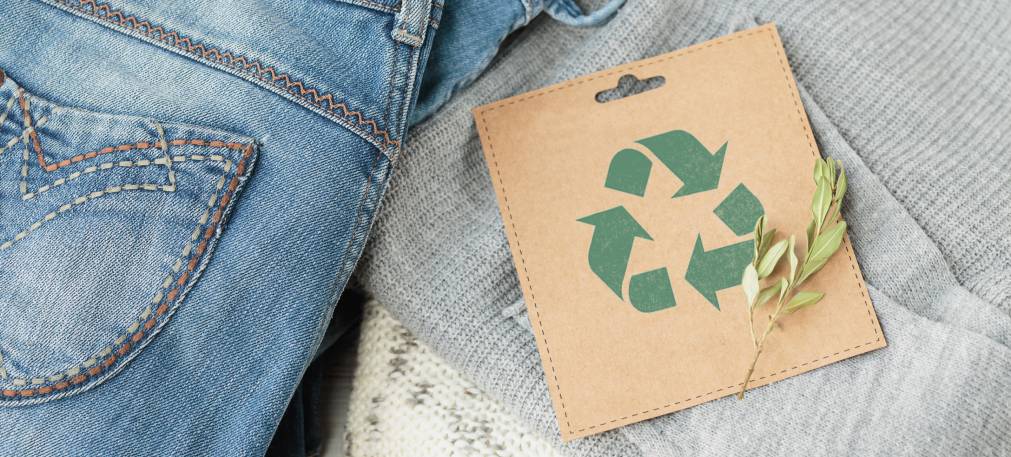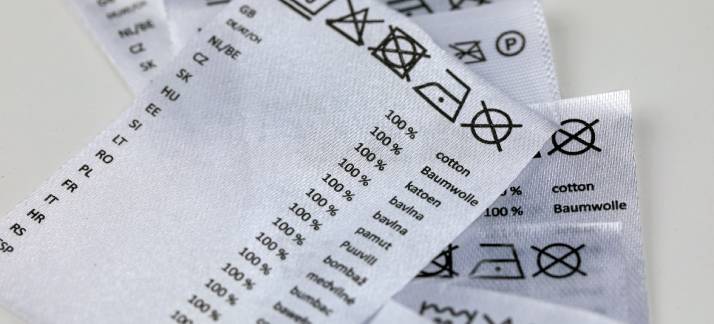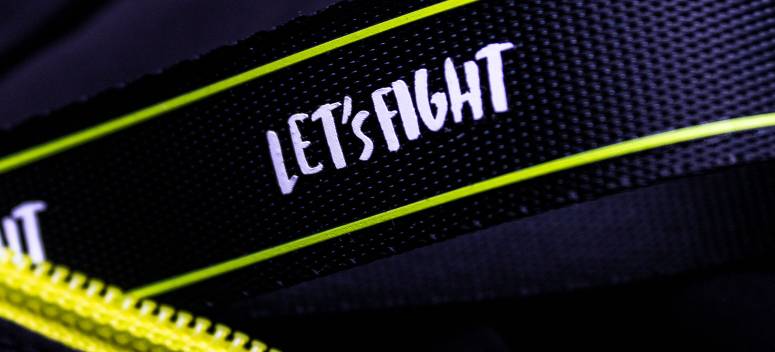How to Adapt Clothing Label Design to Different Styles: Fashion Psychology Applied to Your Collections
Every brand has its own style, with lines and details that make it unique and immediately recognizable to its followers. However, when launching new collections—especially those aiming to appeal to a different audience or explore trends—it is essential for the brand to maintain its identity while adapting to these specific styles. Labels are no exception; … Read more









